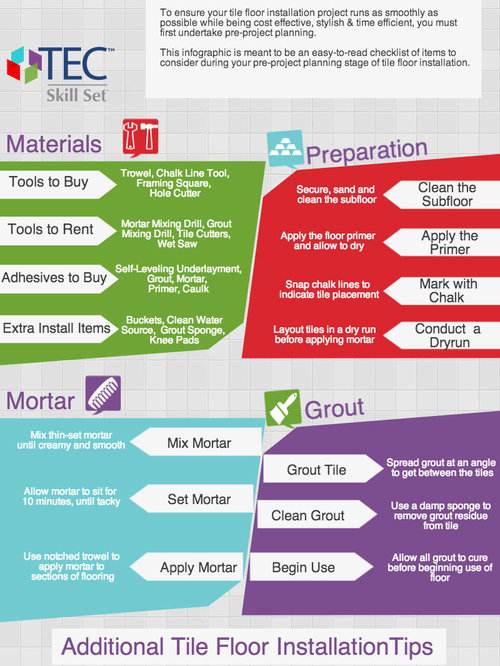How To Budget For Your Flooring Task: A Practical Guide
How To Budget For Your Flooring Task: A Practical Guide
Blog Article
Article By-Dalrymple Carr
When you're preparing a floor covering project, budgeting isn't nearly choosing a number; it's about understanding what you absolutely need and the costs involved. You'll intend to assess your specific needs, research various materials, and prepare for unforeseen expenses. Think about how variables like room objective and setup methods can affect your spending plan. Yet before you jump in, there are some important information you might neglect that might significantly affect your general expenses. Let's explore exactly how to navigate these complexities and ensure your project remains on track.
Assessing Your Flooring Requirements
Prior to diving right into your flooring job, it's crucial to analyze your floor covering needs. Begin by thinking about the particular areas where you prepare to mount new flooring. Think about the function of each space. As an example, kitchens and bathrooms need waterproof materials, while living areas may gain from convenience and visual appeals.
Next off, examine the status quo of your floors. Exist any type of architectural concerns, such as irregular surfaces or moisture troubles? Dealing with these issues early on can save you money and time down the line.
Additionally, make note of the measurements of each space to determine how much flooring you'll need.
Do not forget to consider your lifestyle. If you have animals or young children, longevity may be your leading concern, while a more official area may ask for an extravagant coating. Furthermore, think of your style preferences. Do you prefer a traditional appearance, or are you drawn to modern styles?
Finally, be reasonable concerning how much upkeep you agree to commit to. Some products require even more upkeep than others. By recognizing your demands plainly, you'll be better geared up to make enlightened choices as you move forward with your flooring job.
Estimating Expenses and Materials
Estimating costs and products is a critical action in your flooring task that can considerably affect your total budget plan. Start by determining your area accurately to establish how much flooring you'll need. For many products, you'll locate pricing by square foot, so gather quotes from numerous providers to get a reasonable figure.
Next off, take into consideration the kind of flooring you desire. Options like hardwood, laminate, ceramic tile, or rug all featured various cost factors. Study the expenses for each and consider any additional materials like underlayment, sticky, or change strips.
Do not fail to remember to consist of https://bestreviews.com/home/floor-care/best-robot-vacuum-for-laminate-floors if you're intending a DIY setup, as renting or purchasing devices can contribute to your costs.
Labor expenses are one more vital factor to consider. If you're employing experts, obtain quotes from multiple contractors to ensure you're obtaining a reasonable rate. Be clear about the extent of work to stay clear of unforeseen charges later.
Lastly, it's smart to set aside a tiny portion of your budget for any type of unforeseen costs associated with materials. By completely estimating your expenses and materials ahead of time, you'll set yourself up for a smoother and much more workable flooring task.
Planning for Hidden Expenditures
Lots of home owners neglect the hidden costs that can occur throughout a flooring task, which can result in spending plan overruns. To prevent this, you need to prepare for potential additional expenses.
First, consider the condition of your existing subfloor. If it's damaged or unequal, you'll likely require repair services or progressing, which can add substantially to your total cost.
Next off, consider removal and disposal charges for your old floor covering. Numerous professionals bill additional for this solution, so variable that into your spending plan.
Furthermore, best commercial epoxy floor coating forget about the expenses of underlayment, which might not be consisted of in the preliminary quote but are essential for a successful installment.
You should likewise plan for unforeseen issues, such as pipes or electric job if your floor covering job includes moving fixtures. https://radonhomeinspection44332.newsbloger.com/32732782/how-to-spot-quality-craftsmanship-in-floor-covering-installations to set aside a minimum of 10-15% of your total budget for these unexpected expenditures.
Finally, bear in mind that licenses may be required for certain installments. Always inspect neighborhood regulations to stay clear of penalties or hold-ups.
Conclusion
In conclusion, budgeting for your floor covering job is vital for a successful result. By assessing your needs, approximating costs, and planning for concealed expenditures, you'll prevent surprises and stay on track. Remember to reserve a portion of your allocate unexpected prices and maintain an in-depth breakdown of your expenses. With mindful preparation and factor to consider, you'll create a gorgeous area that fulfills your demands without breaking the financial institution. Delighted flooring!
